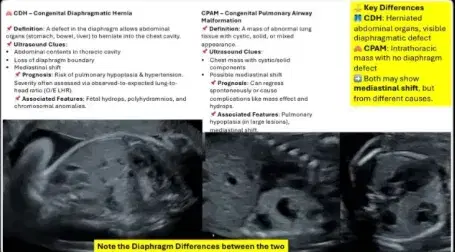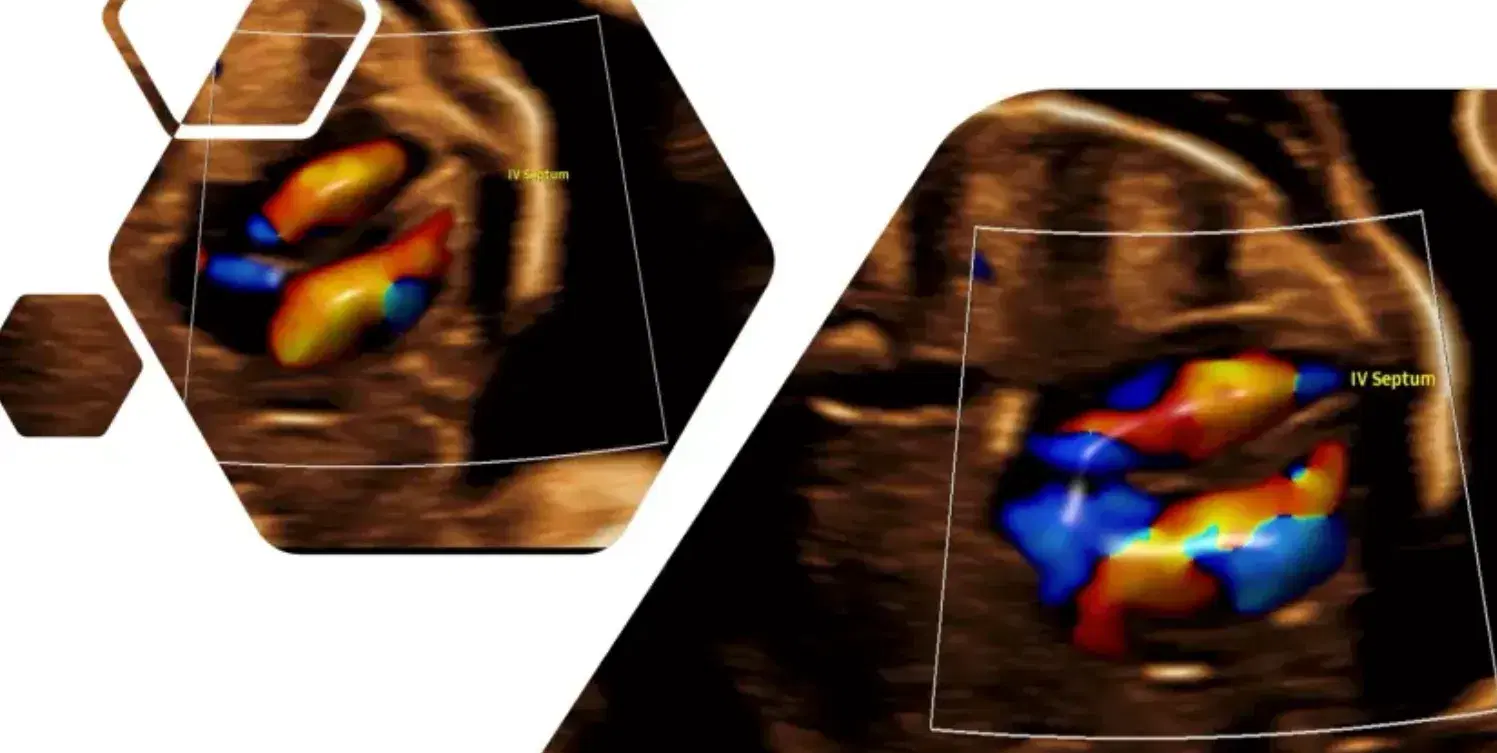Pulmonary Airway Malformation

Master CPAM Diagnosis with IAME’s Focused Ultrasound Course
Hi there, I’m Johana Bueno, Marketing Director at IAME. Dr. Jason Cox, our Radiologist and Program Director, recently recommended a course that I think you’ll find incredibly useful: Prenatal Diagnostic Imaging: A Focused Approach to Congenital Pulmonary Airway Malformation (CPAM). With his years of ultrasound expertise, Dr. Cox emphasized how this course equips you with practical skills to confidently identify and manage CPAM, a rare fetal lung condition, to make a real difference for your patients.
Why CPAM Is Worth Your Attention
Dr. Cox pointed out that CPAM, affecting about 1 in 25,000 to 35,000 pregnancies, is often caught during routine ultrasounds between 18 and 22 weeks. It shows up as cystic or solid lung masses, usually in one lobe, and can range from harmless to serious, potentially causing issues like heart compression or hydrops fetalis. Early detection is critical, and this course helps you confidently identify CPAM to guide timely care.
What You’ll Learn
This course, as Dr. Cox emphasized, is all about practical, hands-on learning. Here’s what you’ll gain:
Understand CPAM: Learn its definition and why it’s now called CPAM, not CCAM.
Spot lesion types: Identify macrocystic (large cysts), microcystic (solid-looking), and mixed lesions on ultrasound.
Use imaging effectively: Master ultrasound features, like echogenic masses or cysts, and use color Doppler to rule out mimics like bronchopulmonary sequestration.
Assess risks: Recognize complications, such as mediastinal shift or polyhydramnios, and understand when fetal MRI is needed.
Plan management: Get insights into postnatal surgery timing (6–9 months) and excellent long-term prognosis.
You’ll dive into case-based examples and Stocker’s classification (e.g., Type I with large cysts, Type III as microcystic) to apply in your scans. It’s clear and actionable, with 1 AMA PRA Category 1 Credit™ for your CME.
Who’s It For?
This course is perfect for sonographers, physicians, or anyone doing prenatal ultrasounds. Whether you’re refining your diagnostic skills or aiming to stay ahead, it fits seamlessly into your busy day, as Dr. Cox noted.
Why Dr. Cox Recommends It
Dr. Cox was enthusiastic about how this course simplifies CPAM’s complexities, from spotting a macrocystic lesion to understanding its developmental origins during lung formation stages. It’s designed to make you confident in the exam room. It’s about equipping you to improve fetal and postnatal care.
Ready to Explore?
If you’re looking to boost your skills in diagnosing CPAM, I encourage you to check this out, as Dr. Cox suggested to me. Visit the IAME website to learn more about Prenatal Diagnostic Imaging: A Focused Approach to Congenital Pulmonary Airway Malformation and consider signing up to keep your expertise sharp. Here’s to better care for your patients!
Related Articles
Continue exploring with these related articles and insights
Connect with Us!
Feel free to reach out to us for further information!
IAME is accredited by ACCME to provide AMA PRA Category 1 Credit™ for physicians and healthcare professionals.
© 1996 - 2025 IAME, All Rights Reserved.

